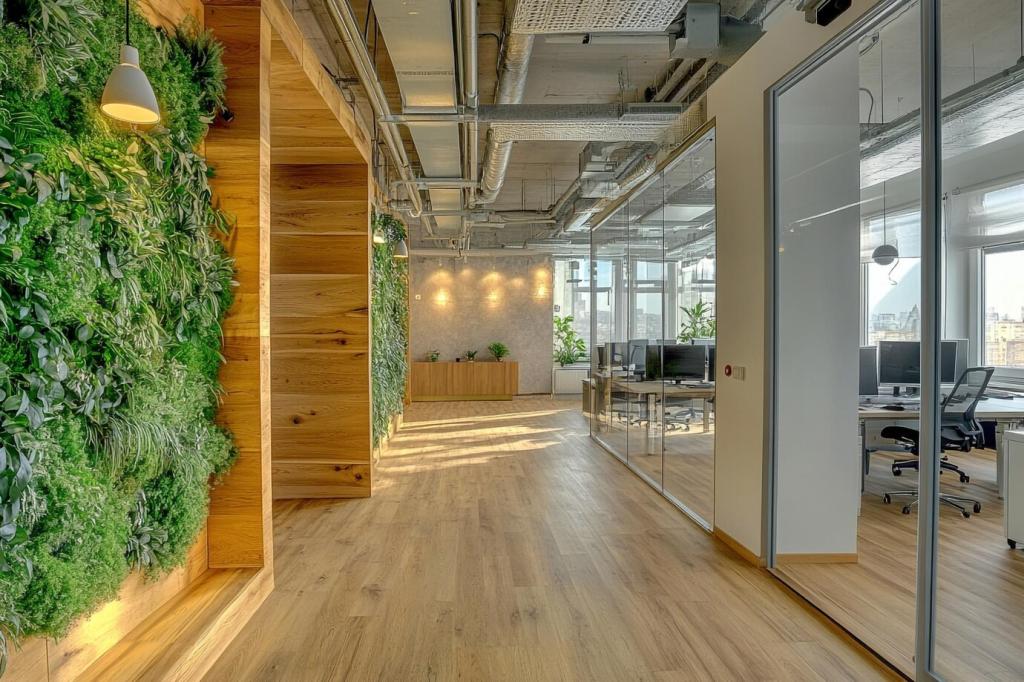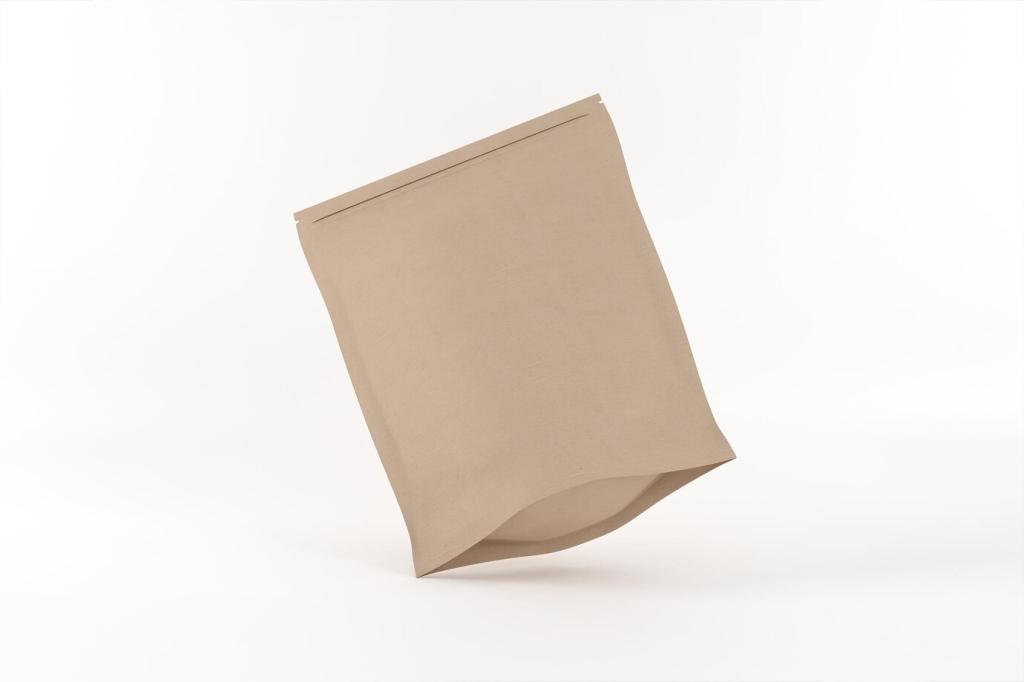
Innovative Insulation Techniques
Innovative insulation techniques have revolutionized how we approach energy efficiency and comfort in buildings. With advancements in materials and methods, modern insulation not only minimizes energy loss but also enhances environmental sustainability. Cutting-edge solutions are being adopted across residential, commercial, and industrial sectors, drastically reducing heating and cooling costs while improving interior air quality. This page explores some of the newest methods and materials shaping the next generation of insulation, explaining their benefits and how they contribute to smarter, greener buildings.
Advanced Aerogel Insulation
Silica Aerogel Blankets
Silica aerogel blankets are transforming how insulation is integrated into construction and retrofitting projects. The unique properties of silica aerogel—its ultra-low thermal conductivity and lightweight nature—make it suitable for places requiring high-performance insulation without adding bulk. These blankets can be applied to walls, pipes, and even around complex mechanical systems, ensuring uniform thermal resistance. Because they are hydrophobic, they resist moisture buildup, which curtails mold growth and maintains efficiency over time. The adaptability offered by rollable blankets also streamlines installation, reducing labor costs and making them ideal for both new builds and renovations.
Aerogel-Infused Plasters
Aerogel-infused plasters represent a groundbreaking approach for upgrading the energy efficiency of older structures. By blending aerogel particles into plaster, this solution offers a thin-layer application that delivers significant thermal resistance. This is particularly advantageous for historic or space-constrained buildings where traditional insulation methods would encroach on valuable interior space. The result is a seamless finish that preserves aesthetics while boosting thermal comfort. Additionally, these plasters contribute to improved indoor air quality due to their vapor permeability and resistance to damp, providing a healthier environment alongside thermal performance.
Transparent Aerogel Panels
Transparent aerogel panels are introducing a paradigm shift for daylighting in architecture. Unlike conventional insulation, these panels offer excellent thermal resistance without sacrificing natural light transmission. This enables architects to design spaces featuring large glazing elements or skylights without the penalty of heat loss or gain. The panels enhance visual comfort and reduce reliance on artificial lighting while maintaining stringent energy standards. With durability and resistance to UV degradation, transparent aerogel panels offer both practical and aesthetic benefits for forward-thinking building designs.
Vacuum Insulation Panels (VIPs)
Thin-Profile Wall Upgrades
Thin-profile wall upgrades using vacuum insulation panels address the need for maximizing usable space while meeting or exceeding energy codes. These ultra-thin panels can deliver the same insulating effect as much thicker traditional insulation, making them ideal for retrofitting properties where every inch counts. The minimal thickness has made VIPs especially popular in urban residential settings and modular construction, where floor area is at a premium. By allowing thinner walls without thermal compromise, VIPs open up new design possibilities, facilitate compliance with evolving standards, and enhance overall building performance.
VIPs in Refrigeration
Vacuum insulation panels are not just for building envelopes; they have found a significant role in modern refrigeration systems. By replacing bulkier insulation materials, VIPs enable refrigerators and freezers to maximize interior storage capacity without increasing external dimensions. The reduced thermal transfer helps maintain consistent temperatures, improving food preservation and lowering energy consumption. Their implementation in commercial and high-efficiency home appliances has raised standards for sustainability in the appliance industry while giving manufacturers new flexibility in product design.
Long-Term Durability Enhancements
Durability has been a focus in the development of advanced vacuum insulation panels. Early VIP technology faced challenges with longevity and performance degradation, primarily due to the risk of vacuum loss over time. Today, improved barrier materials and multi-layer composites have significantly extended the life expectancy of VIPs, ensuring that their remarkable insulation performance remains reliable over decades. These advancements have increased user confidence, paving the way for broader adoption in demanding scenarios such as cold storage, dwelling retrofits, and even transport containers where insulation integrity is critical.

Phase-Change Material (PCM) Insulation

Embedded phase-change material wallboards are bringing innovation to interior building systems. Infused with micro-encapsulated PCMs, these wallboards absorb excess heat when the surrounding temperature rises, subsequently releasing it when temperatures dip. This ability to buffer indoor temperature swings leads to more consistent comfort levels and greater energy savings. Because the PCM functions on a molecular level, these wallboards perform without altering the room’s appearance or structure, making them practical for both new construction and retrofit projects. Occupants benefit from steadier indoor conditions and lower utility costs, particularly in climates with wide daily temperature fluctuations.
